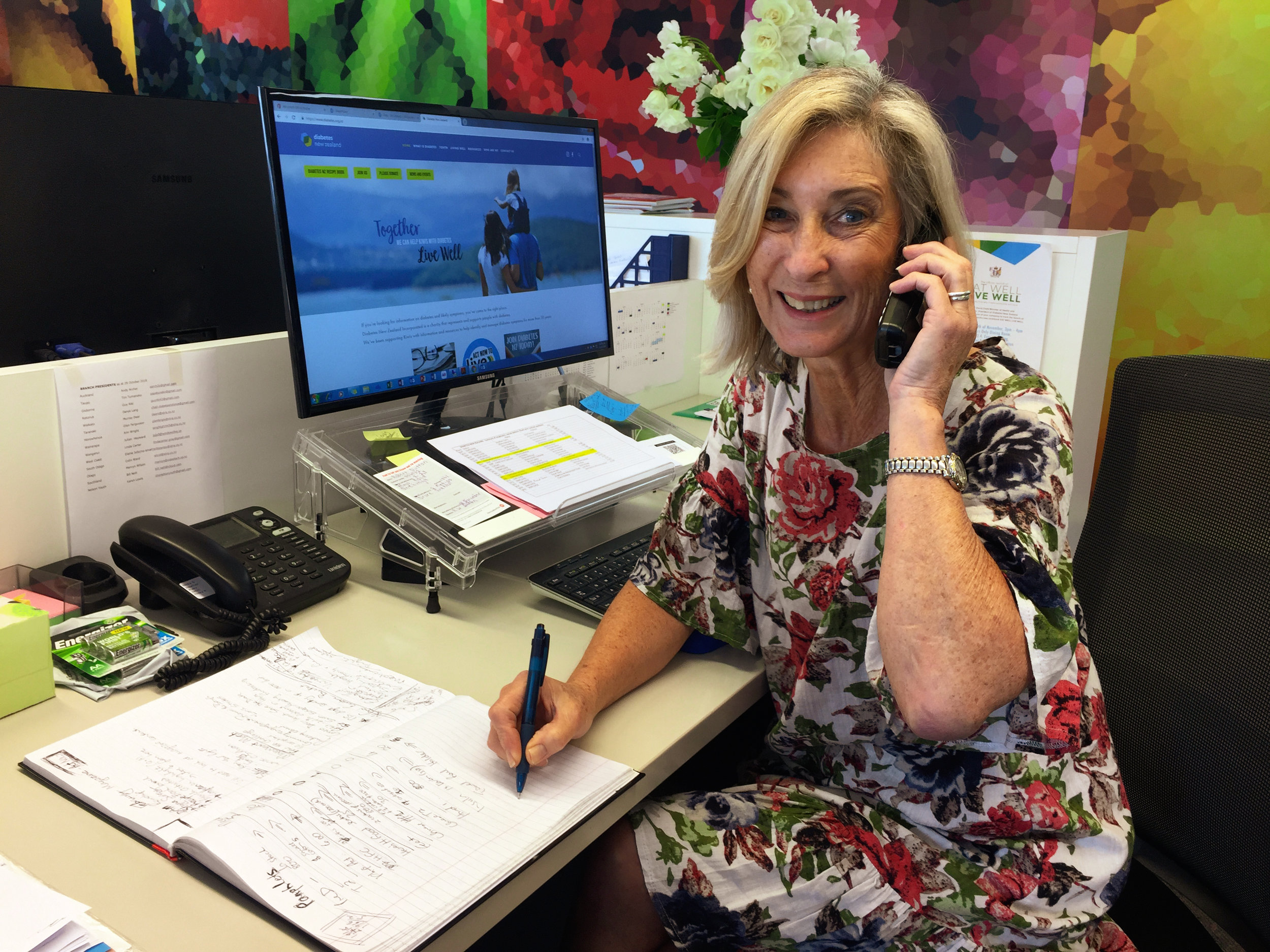What is diabetes?
SYMPTOMS OF DIABETES
TYPE 1 DIABETES
TYPE 2 DIABETES
Pre-Diabetes
Gestational Diabetes
LADA (Latent Autoimmune Diabetes in Adults)
Get Tested for Diabetes
KNOW YOUR RISK
COMPLICATIONS
LIVING WELL WITH DIABETES
Diabetes friendly recipes
Covid-19 and diabetes
Type 1 Diabetes Day to Day Management
Type 2 Diabetes Day to Day Management
Managing Diabetes
Eating with diabetes
Diabetes and your emotional wellbeing
Getting active
Diabetes Supplies
Financial Support
Your Stories
App: My Diabetes Journey
Take Control Toolkit
Live Brave Mana Ora
Youth and Whānau Camps
Resources for Young Adults
Resources for Schools & Child Care Centres
Help & Support
Brave Bear Pack (#1 Pack)
Type 1 Newly diagnosed packs
Diabetes Action Month
Diabetes Wellness Magazine
My Diabetes Journey App
Diabetes info pamphlets
Publications and tools
Diabetes Research
Blog
Jumo Podcast
Information for Health Professionals
Diabetes NZ Awards

